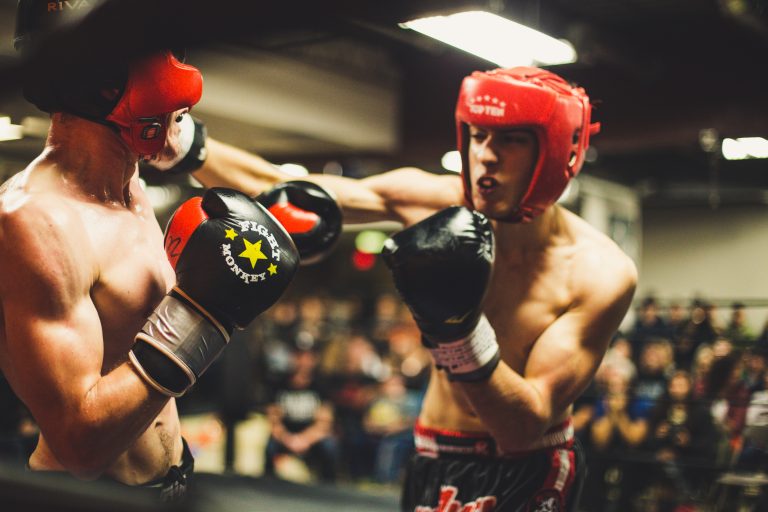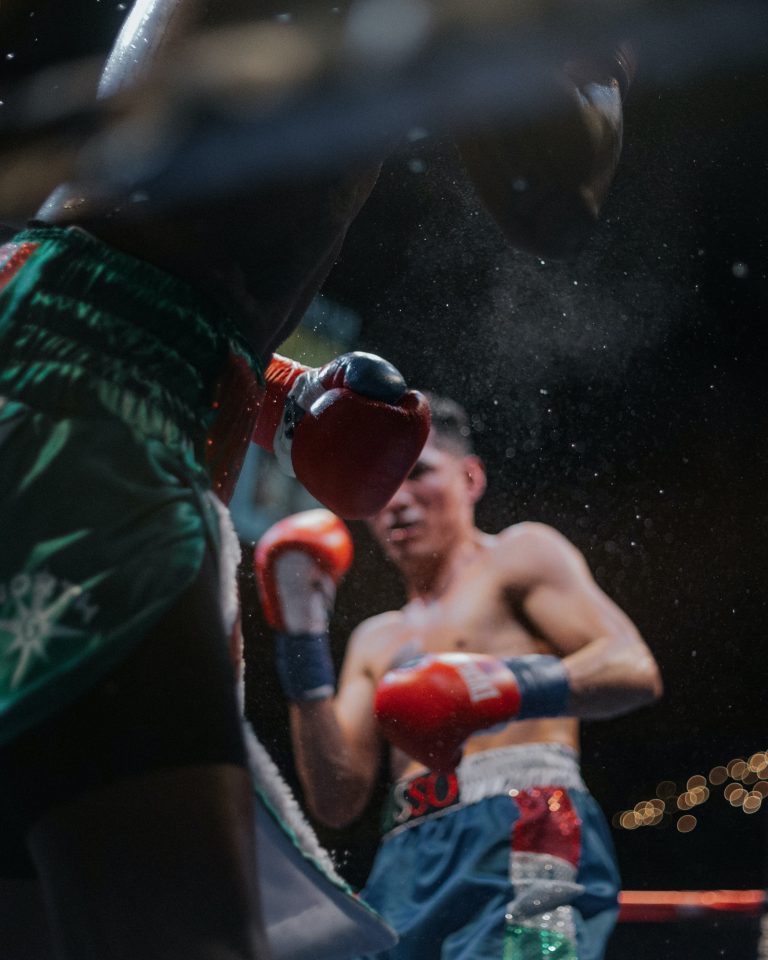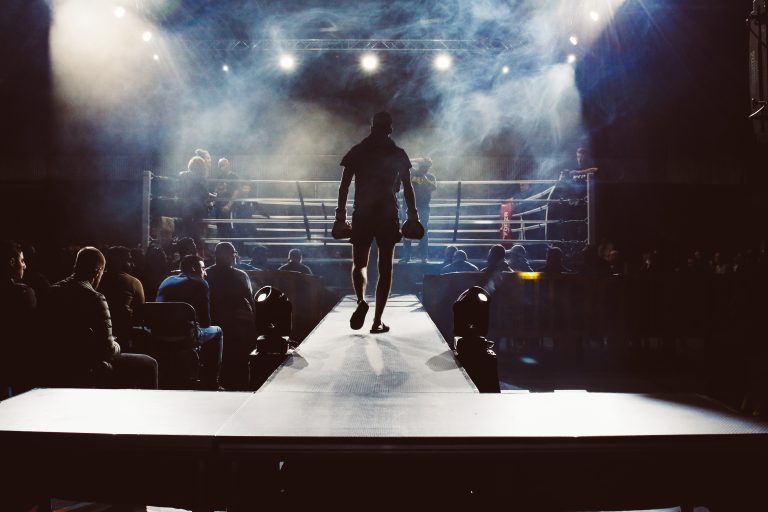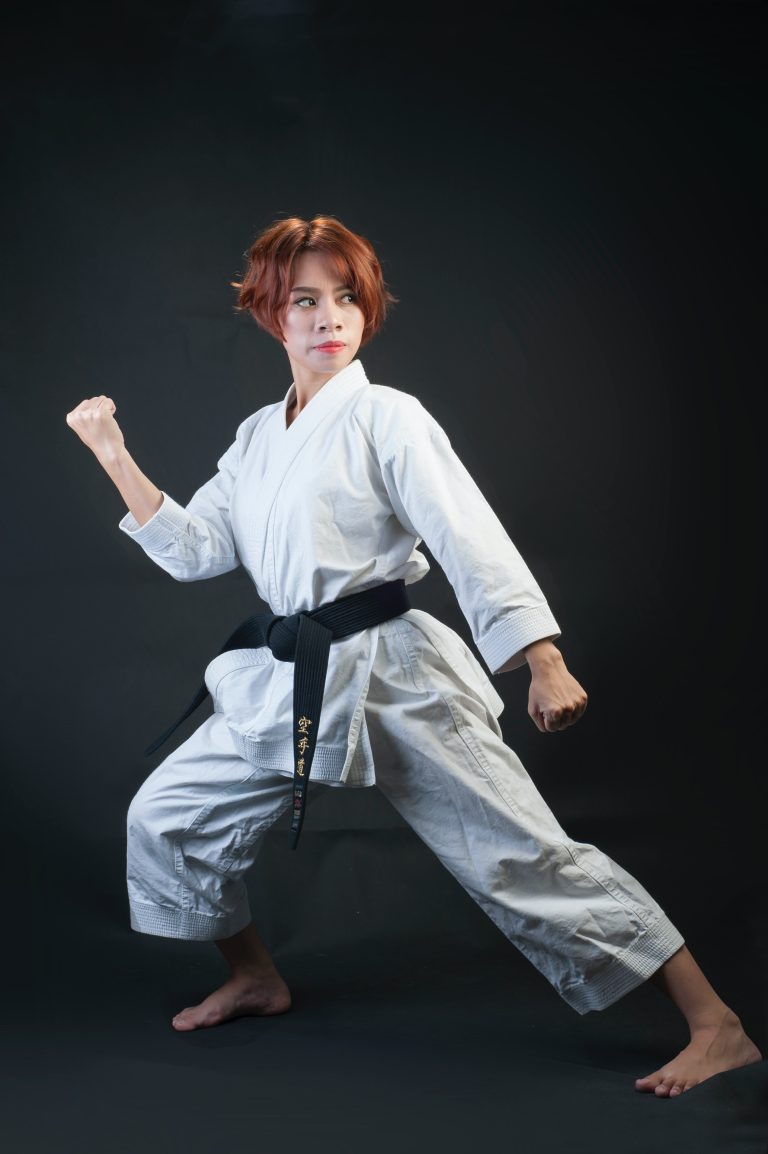Karate: What Is the Difference Between Traditional and Modern Karate?
The foundation of karate is a form of martial art that originated in Okinawa, Japan. It dates back to 16th century, a time when it was used as a means of self-defense as well as a form of physical exercise. In modern times, karate has become more associated with its use in competition, but the distinctions between traditional and modern karate still exist. Understanding the differences between the two forms is key to anyone interested in participating in the sport.
History of Traditional Karate
Karate has its roots in two forms of martial arts: Chinese kenpo and Okinawan te (or “hand”). In the 16th century, Chinese immigrants arrived to Okinawa and shared their own form of martial arts called kenpo. Meanwhile, the Okinawans had their own form of martial arts called te and the two were combined to form what we today consider traditional karate. Traditional karate emphasizes the mental and spiritual aspects, known as kokoro, and places less focus on colorful aesthetic techniques. It’s movements and forms are often performed slowly and with respect for their history.
History of Modern Karate
The practice of modern karate began in Japan during the early 1900s. During this time, various practitioners including Gichin Funakoshi and his student Hironori Ōtsuka introduced the elements of competition that eventually became the basis of the modern form. The idea was to make karate more portable, more accessible, and more measurable – something that could easily be taught at universities and athletic clubs. As a result, modern karate puts emphasis on fast, powerful techniques and an impressive aesthetic performance.
Differences Between Traditional and Modern Karate
In terms of differences between traditional and modern karate, here are a few of the main distinctions:
1. Motivation Behind Practice
The first major difference between traditional and modern karate is the motivation behind practice. In traditional karate, practitioners may be primarily motivated by mental and spiritual growth – perhaps even to achieve enlightenment. In modern karate, practitioners are often focused on physical exercise, competition, and developing their martial arts skills to an impressive standard.
2. Form and Technique
One of traditional karate’s hallmarks is its focus on form – or slow, measured movements – referred to as kata. Practitioners must perform each technique correctly in order to be successful in their training. Meanwhile, in modern karate, conventional form takes a back seat to performing techniques faster and more aggressively for demonstration purposes or competition.
3. Philosophy and Supernatural Elements
Traditional karate contains elements of spiritualism, with participants believing that their martial arts training can be used to elevate or enhance one’s self spiritually or even unlocking hidden powers. In modern karate these elements are not present. Instead, physical performance and combat techniques take priority over any mental or spiritual benefits that may occur with practice.
Conclusion
Karate has been around since the 16th century and has evolved significantly over time. In its traditional form, it was focused on strict technique, mental discipline, respect for tradition, and unlocking hidden spiritual powers. In its modern form, it has shifted focus to physical performance, competition, and impressive aesthetic feats. Knowing the differences between traditional and modern karate can help martial artists decide which style best suits them for their particular goals.
The History of Traditional Karate: Answering Your Most Frequently Asked Questions
Karate is one of the most popular martial arts in the world today, and traditional karate is a discipline that has been around for centuries. It originated in Okinawa, Japan, and has since spread to almost every corner of the globe. Despite its widespread popularity, there are still many misconceptions and questions regarding the true history and principles of traditional karate. In this article, we will be answering some of the most frequently asked questions about the history of traditional karate.
What is traditional karate?
Traditional karate is a martial art that originated in Okinawa, Japan, in the late 19th century. It is a discipline that emphasizes physical and mental development through the practice of various techniques that include strikes, kicks, blocks, and throws. Traditional karate also involves the development of a strong spirit, discipline, and respect for oneself and others.
Who founded traditional karate?
Toward the end of the 19th century, a man named Funakoshi Gichin (1868-1957) is often credited with introducing traditional karate to the rest of Japan and the world. Funakoshi was a student of several traditional Okinawan karate masters, and after many years of study and practice, he developed his own unique style, which he called Shotokan. Today, Shotokan is one of the most widely practiced forms of traditional karate.
What is the history of karate in Okinawa?
The origins of karate in Okinawa can be traced back to the 17th century, when weapons were banned by the ruling government. In response, the Okinawans developed a system of self-defense that focused on empty-hand techniques. This system was known as Te, meaning „hand,“ and was eventually influenced by Chinese martial arts and developed into what is now known as Okinawan karate.
What are the benefits of practicing traditional karate?
Practicing traditional karate has numerous benefits, both physical and mental. Physically, it can improve flexibility, strength, endurance, and coordination. It can also help to develop self-defense skills and confidence. Mentally, it can improve focus, discipline, and reduce stress. Additionally, traditional karate promotes respect for oneself and others, as well as an appreciation for traditional martial arts.
What is the difference between traditional karate and sport karate?
Traditional karate is focused on self-defense and personal development, while sport karate is geared towards competition. Sport karate involves rules and scoring systems that prioritize speed, power, and precision in technique, and generally rewards flashy moves that are often impractical in a real-world self-defense scenario. Traditional karate, on the other hand, prioritizes practical self-defense skills and the development of a strong spirit and inner peace.
How is traditional karate practiced today?
Traditional karate is practiced in dojos, or training halls, around the world. The practice typically involves sparring, kata (forms), and kihon (basic techniques). Training is often done in a group setting, with students of varying levels practicing together under the guidance of a sensei (teacher). Traditional karate training can be physically demanding, but with perseverance, it can lead to significant personal growth and development.
Is traditional karate suitable for children?
Yes, traditional karate can be a great activity for children. It promotes respect, good sportsmanship, and discipline while also developing physical fitness and coordination. Many dojos also offer specialized classes for children, where they can learn in a safe and supportive environment.
Conclusion
Traditional karate is a martial art that has been around for centuries, and it continues to be a popular discipline around the world today. By answering some of the most frequently asked questions about the history of traditional karate, we hope to have shed some light on the true nature and benefits of this fascinating art. Whether you’re a beginner or an experienced practitioner, traditional karate offers a path to physical and mental strength, discipline, and self-improvement.
Inhaltsverzeichnis





